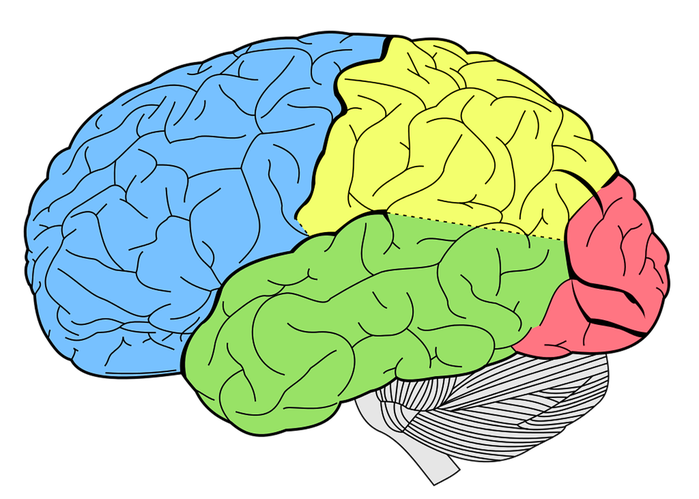Stressing for that "A": The Molecular Biology Behind Neuropsychiatric Disorders
Neuropsychiatric disorders such as depression, autism spectrum disorder, and schizophrenia plague thousands of victims with not only symptoms, but also a stigma. These disorders are typically caused by extreme stress, and their victims are often blamed for not playing an active role in trying to lessen their own stress and improve their own conditions. However, what few people understand is that the stress associated with these disorders has molecular origins that are difficult to control.
In a recent study from Emory School of Medicine, scientists discovered a molecular mechanism associated with high levels of stress: the methylation of adenine. Adenine is one of the four bases that make up deoxyribonucleic acid (DNA), a molecule composed of genes that allows for protein synthesis needed to develop, function, and reproduce. When a DNA base is methylated, a chemical group composed of carbon and hydrogen attaches to the base and represses a gene’s ability to synthesize proteins. Of the four bases of DNA - adenine, thymine, cytosine, and guanine - cytosine is most commonly methylated and is well known for its function in repressing gene expression. In contrast, adenine methylation is rare, and scientists like those at Emory are currently working to understand its function.
In their study, the scientists at Emory exposed mice to a stressful environment for two hours a day over a period of 14 days and, then, observed the responses of the mice in a forced swim test and a tail suspension test. From their experiment, they observed the following:
In a recent study from Emory School of Medicine, scientists discovered a molecular mechanism associated with high levels of stress: the methylation of adenine. Adenine is one of the four bases that make up deoxyribonucleic acid (DNA), a molecule composed of genes that allows for protein synthesis needed to develop, function, and reproduce. When a DNA base is methylated, a chemical group composed of carbon and hydrogen attaches to the base and represses a gene’s ability to synthesize proteins. Of the four bases of DNA - adenine, thymine, cytosine, and guanine - cytosine is most commonly methylated and is well known for its function in repressing gene expression. In contrast, adenine methylation is rare, and scientists like those at Emory are currently working to understand its function.
In their study, the scientists at Emory exposed mice to a stressful environment for two hours a day over a period of 14 days and, then, observed the responses of the mice in a forced swim test and a tail suspension test. From their experiment, they observed the following:
- Mice exposed to a stressful environment spent a larger amount of time immobile during both tests than mice that were not exposed to a stressful environment.
- Analysis of the amount of adenine methylation in the prefrontal cortex, the part of the brain involved in cognition and sensitive to stress, showed that adenine methylation had a fourfold increase in stressed mice.
- Transposons, genes that can change position within DNA and are known to change expression with stress, became more modified with adenine methylation in stressed mice than in unstressed mice.
- Increased adenine methylation lead to decreased expression of genes in response to stress.
- The genes in mice that experienced a change in adenine methylation upon exposure to stress overlapped with human genes associated with depression, autism spectrum disorder, and schizophrenia.
Image Source: ArtsyBee
Although these results did not yet illuminate an effective treatment for neuropsychiatric disorders at the molecular level, they provided scientists with a better understanding of the molecular mechanisms involved in stress. Through its examination of the genes involved in stress response in mice and similar genes in humans, this study illustrated a likely relationship between adenine methylation and stress response. Because stress has become increasingly prevalent in modern society’s focus on staying busy and becoming successful, it is important to research different methods of coping with stress and its consequences, including neuropsychiatric disorders.
Featured Image Source: NeuPaddy
RELATED ARTICLES
|
Vertical Divider
|
Vertical Divider
|
Vertical Divider
|






